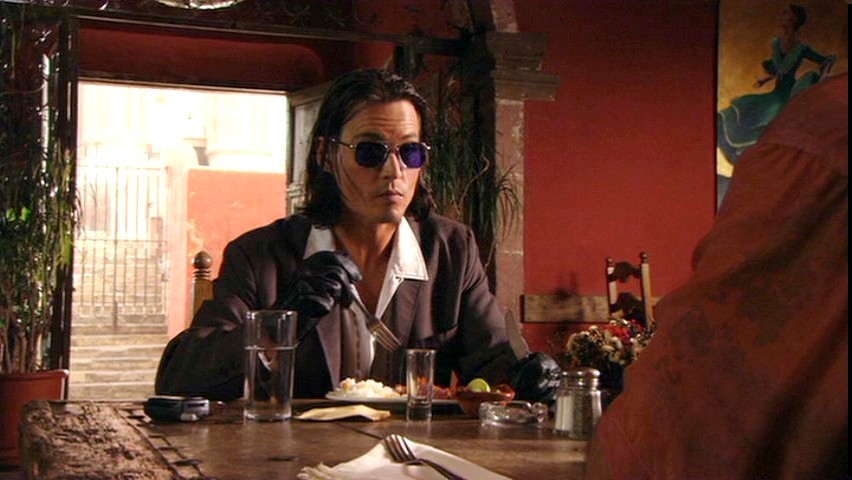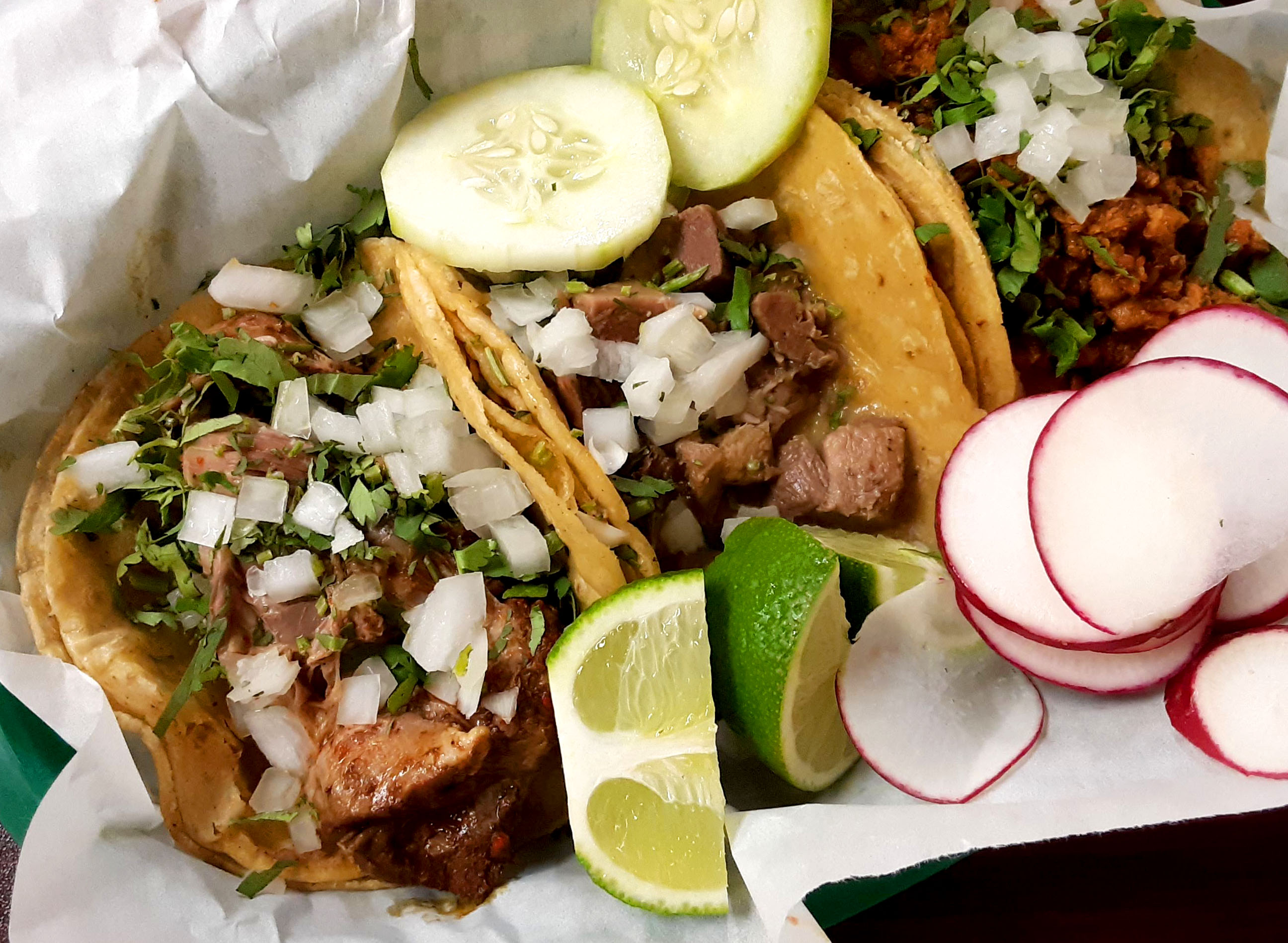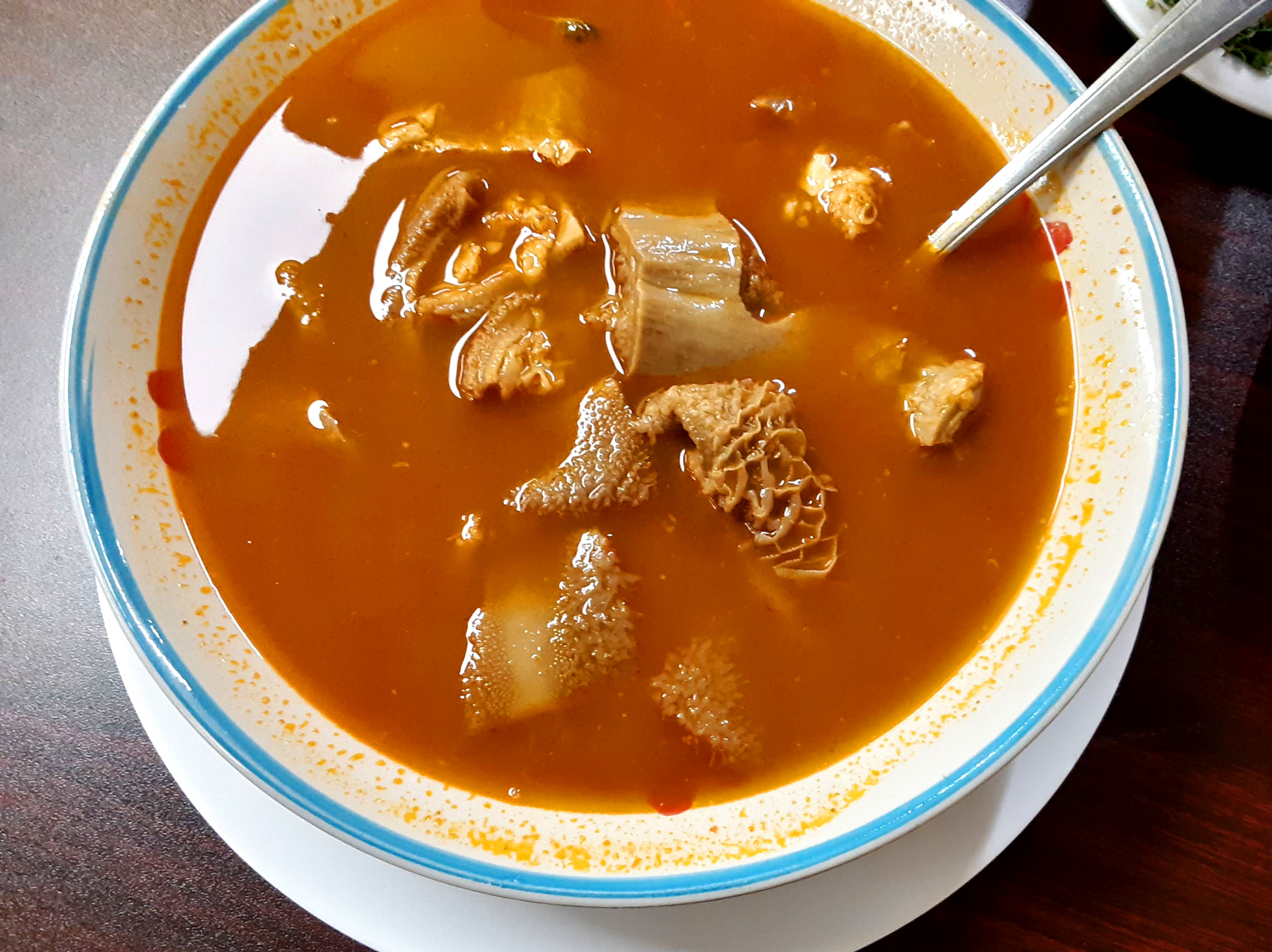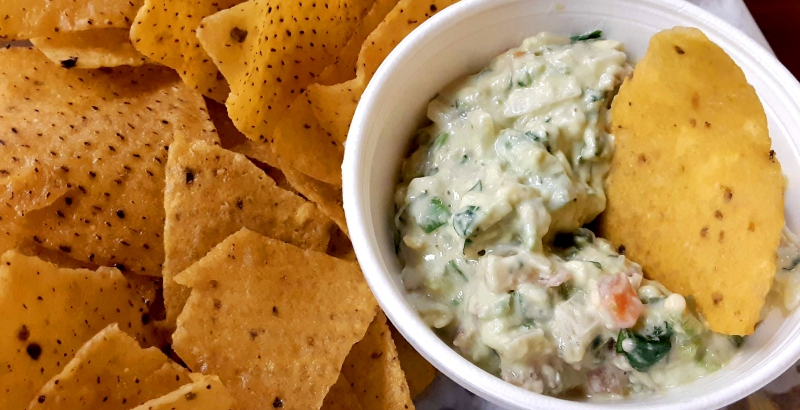Some of my favorite movies have titles that start with “Once Upon A Time in…”: like “China,” “America,” “the West,” “Hollywood,” and, of course, “Mexico.” All of these movies were made by master filmmakers: Tsui Hark, Sergio Leone, Quentin Tarratino, Robert Rodriguez. But it was Rodriguez’s film that influenced my culinary world the most; it jump-started my obsession with Mexican food.

Photo by Columbia Pictures.
Before Once Upon A Time in Mexico, Mexican food was my least favorite cuisine. I didn’t like refried beans, nachos, or burritos, and I absolutely hated tacos stuffed with hamburger meat and topped with cheese and sour cream. It wasn’t until much later that I found out Mexicans don’t eat burritos, and once you’re south of the border, fajitas can only be found in Cancun at American tourist restaurants. Little did I know that an incredible world of unexplored delights was waiting for me until Robert Rodriguez’s movie introduced me to a dish called cochinita pibil. Anytime we visited Mexico, I obsessively sought out this dish, and my curious taste buds made Mexican food now my favorite cuisine, thanks to Mr. Rodriguez.
Rodriguez’s One Upon A Time in Mexico is the third and final installment in his underrated Mexico trilogy (the other two films are El Mariachi and Desperado). This 2003 action/comedy epic has a mythical place in our cultural memory as the movie where Johnny Depp kills the cook for making the best cochinita pibil in Mexico. Why did he kill the cook? “To restore the balance to this country,” says Depp’s character — portentously channeling the loopy Captain Jack Sparrow performance he’s now famous for from the Pirates of the Caribbean franchise.
Rodriguez’s Mexico trilogy also has a mythical place in our cultural film history. Certainly the least known of the other epic trilogies (Godfather, Matrix, Indiana Jones, Lord of the Rings, etc), this series introduces us to the unnamed assassin-for-hire known only as El Mariachi. Inspired by the Clint Eastwood character in the Sergio Leone spaghetti western trilogy, Rodriguez shot El Mariachi in 1993 with $7,000 of his own money. Originally intended for Mexican television, Rodriguez was able to sell his debut feature film to Columbia Pictures after winning the Grand Jury Prize at the Sundance Film Festival. The film eventually grossed over $55 million in the U.S. alone. Desperado followed in 1995 which introduced American audiences to Antonio Banderas and Salma Hayek making them both instant bankable stars. Once Upon A Time in Mexico followed which outdoes both previous films with the most outrageous surreal over-the-top action sequences.
In addition to his Mexico trilogy, Rodriguez’s own Troublemaker Studios is also responsible for the From Dusk to Dawn trilogy, the Spy Kids franchise, the two Sin City movies, and the recent Alita: Battle Angel. Rodriguez is a triple threat; when he chooses to direct a movie, he makes sure that he is also the writer and producer on the project, so that he can retain total creative control. Like Steven Soderbergh and Quentin Tarrantino, Rodriguez also likes to be his own cinematographer. Like David Lynch and the Coen brothers, Rodriguez also likes to edit his own films. Like John Carpenter and Clint Eastwood, Rodriguez also likes to score his own movies. Not satisfied to be just a master-of-all-trades filmmaker, he also started his own rock band and is known as a passionate chef who likes to cook for his crew on film sets (he even made pizza for President Obama).
Once Upon A Time in Mexico is one of those ridiculously enjoyable movies that deserve multiple viewings. To get into the mood for my third screening of this film, we had to seek out some great Mexican food. Robert Rodriguez will show you how to make this dish in his 10 Minute Cooking School short which he graciously includes as an extra on the DVD release.
I wasn’t in the mood to cook, so we decided to eat out. Fortunately, our town has several very good Mexican restaurants to choose from, and my personal favorite is Taco Loco which is the secret name of the taqueria inside the Champaign El Progreso grocery store.

Photo by Paul Young.
Although cochinita pibil isn’t on their menu, their weekend barbacoa comes pretty damn close. Both dishes are made with slow-cooked meat that is so tender it melts in your mouth. The barbacoa is on the menu as a platter ($9, weekends only), but if you prefer, you can request it served inside a taco for $3 each.
El Progreso makes a big batch of both the beef and the goat version every weekend. This is fiesta food made by Mexicans for Mexicans, but gringos are still welcome to indulge.

Photo by Paul Young.
For starters, we ordered guacamole with chips ($3). The chips were still warm from the deep fryer which tells us that these were made to order right in the kitchen. The guacamole was creamier and spicier than the version I make at home, but it was deliciously loaded with plenty of chopped onions, tomatoes and cilantro.

Photo by Paul Young.
Since we were in a taqueria, we wanted to sample a variety of fillings. At a very reasonable $2-$3 each (depending on the ingredients), diners can order as many or as few as they like. My partner went for the pollo (chicken) which was grilled; it was a little bit crispy on the outside and juicy on the inside. In the style of Mexican street tacos, these tacos were all served with two mini corn tortillas for each taco.

Photo by Paul Young.
I was in the mood for al pastor, lengua (beef tongue), and barbacoa de chivo (goat). Mexican food is not subtle: all of the meats were delightfully seasoned with intense flavors, just the way we like it. The al pastor taco was filled with grilled pork, slightly crunchy and juicy at the same time, and the lengua was melt-in-my-mouth tender and wonderfully beefy. The barbacoa de chivo was my favorite; the goat meat was a little gamey and a little chewy but flavorful.

Photo by Paul Young.
We especially like to top our tacos with a spoonful or two of pico de gallo (a.k.a. salsa fresca for $3 extra) which is a refreshing mix of fresh chopped tomatoes, raw onion, cilantro, and lime. El Progreso makes their own every weekend, and unlike some supermarket versions, El Progreso’s recipe actually uses jalapeño peppers instead of sweet green peppers.
The ensalada nopales, or cactus salad, ($4) is not on the menu, but you can ask for it. It was a wonderful side dish, delightful with any Mexican meal. If you’ve never had prickly pear cactus, you’re in for a treat. Naturally tangy and slightly crunchy like asparagus when not overcooked, it was dressed with lime, cilantro and onion, and it was a perfect side salad treat.

Photo by Paul Young.
I’m also a big fan of their menudo ($9). The beef tripe soup was loaded with tender chunks of beef stomach in a rich chili pepper broth. Despite its deep red color, the broth was not spicy hot, but it was wonderfully spiced with some complex flavors. It’s not on the menu for some reason, so you just have to ask for it.
Both the menudo and cactus salad are only available on weekends.
BYOB is allowed at the taqueria, and it is very convenient since the grocery store also stocks a wide selection of cold beers. If you are too full for dessert, grab freshly made churros to go ($1.50 each) on the way out.

Photo by Paul Young.
Taqueria El Progreso
1017 W Bloomington Road
Champaign
11 a.m. to 9 p.m., daily
Once Upon A Time in Mexico is currently streaming on Netflix and Prime Video.
Paul Young is a townie who likes to travel the world seeking good things to eat. So far, he has eaten his way through 22 countries and he loves to share his culinary discoveries with cooking classes.








